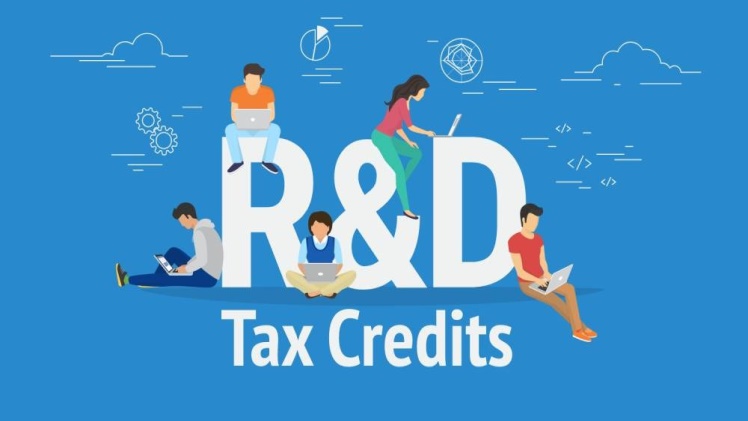
Maximizing Tax Savings With Research And Development (R&D) Credits
In the ever-evolving landscape of business, innovation is the key to growth. Companies that invest in Research and Development (R&D) are not only fostering this spirit of innovation but are also paving the way for significant technological advancements. To encourage this culture of research, several countries offer tax incentives for businesses. One of the most significant tax incentives is the R&D tax credit. If you’re a business owner, it’s paramount to understand how these credits work and how you can leverage them for maximizing your tax savings.
Here’s a blog post breaking down the essentials of R&D tax credits and how you can make the most of them.
Understanding The Basics Of R&D Tax Credits
To start with, R&D tax credits are essentially tax reliefs that reduce the amount of corporation tax a business owes to the government. The idea is to reward companies that engage in qualifying R&D activities. These activities often pertain to solving scientific or technological uncertainties, creating new products, or enhancing existing ones.
It’s not confined to laboratories; many businesses, from tech start-ups to established manufacturing giants, can qualify. It’s essential to have experts guide you through the maze of what qualifies as R&D. Tax Law Advocates tax relief options can be invaluable in this context. They can provide insight into the intricate details of tax laws, ensuring you don’t miss out on potential savings.
Determining Eligibility
Many businesses mistakenly believe that they aren’t eligible for R&D tax credits because they don’t see themselves as a traditional ‘research’ company.
However, the definition is broader than you might think. If you’re trying to improve a product, process, or software—even if you don’t succeed—you could be eligible. The key lies in documenting your processes, the challenges faced, and how you sought to overcome them.
Maximize Claims With Outsourced R&D
Did you know that even if you outsource your R&D activities, you might still be eligible for the tax credits? Depending on the jurisdiction, businesses can claim expenses related to subcontracted R&D work. It’s essential to keep track of these expenses, understand the contracts, and ensure they are structured to capitalize on potential credit eligibility.
Leverage Supplementary Activities
Not just core R&D activities, but certain supplementary tasks can also qualify for credits. These can include activities related to feasibility studies, patent applications, prototyping, and even testing. Being aware of these additional qualifiers can amplify the amount you claim.
Document Everything
One of the most critical aspects of claiming R&D tax credits is maintaining comprehensive documentation. This not only helps establish your claim’s legitimacy but also simplifies the process if you’re audited.
Maintain records of staff hours dedicated to R&D, materials purchased, processes followed, and failures and successes. Clear documentation can be the difference between a successful claim and a denied one.
Train Your Team
A well-informed team can be instrumental in maximizing your R&D tax credits. Training sessions can help your employees identify and record qualifying activities as they occur. This proactive approach can make the claiming process more straightforward and ensure you don’t miss out on potential credits.
Stay Updated With Changing Laws
Tax laws and regulations, especially concerning R&D credits, can be dynamic. They may change based on government policies, economic scenarios, or other factors. To ensure you’re always in the best position to claim, stay updated with these changes. Subscribe to industry newsletters, engage with tax professionals, and attend relevant seminars.
Revisit Past Tax Returns
Missed out on R&D credits in the past? There’s still hope. In many jurisdictions, businesses can amend prior year tax returns to claim missed R&D credits. Reviewing past years’ activities and expenses with a fresh perspective can yield unexpected savings.
Plan Ahead
While it’s essential to understand current R&D tax credit rules, it’s equally crucial to plan for the future. Projecting your R&D activities for the coming years and understanding potential qualifying expenses can help you strategize your finances better and make the most of available tax reliefs.
Conclusion
Maximizing tax savings using R&D credits isn’t just about knowing the laws; it’s about strategically planning your activities, maintaining meticulous records, and seeking expert advice when needed. As the business world leans more into innovation and research, understanding and leveraging R&D tax credits can give you a competitive edge. With the right approach and guidance, you can ensure your business thrives, innovates, and enjoys the tax savings it rightfully deserves.






